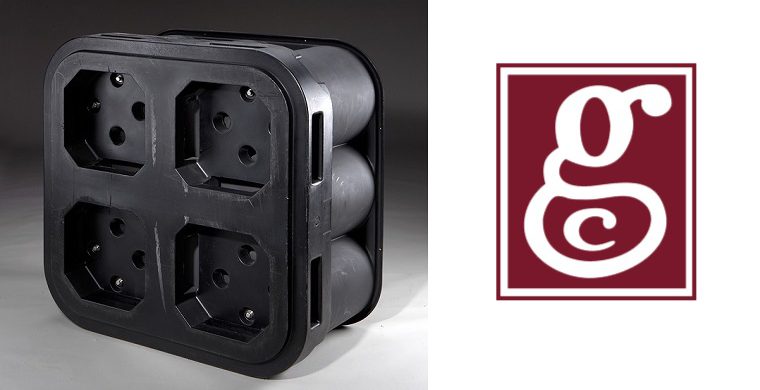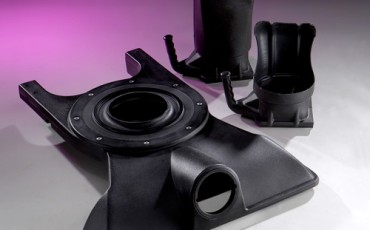
Corner radiuses are part features that serve two main functions in rotational molding design. First, they distribute stress from the corner of the plastic part over a broader area. Second, they improve the molding of corners. By adding strength and increasing quality, corner radiuses support better rotomolded products. They also help part designers to avoid problems associated with sharp inside corners and sharp outside corners.
Metal Molds and Sharp Corners
With a metal mold, sharp inside corners tend to be some of the last parts of the tool to reach the required molding temperature. Sharp inside corners can also cause the plastic to migrate away from the tooling. As a result, there may be a reduction in wall thickness. This can increase the likelihood of part failure and prevent plastic parts from meeting your quality requirements.
Sharp outside corners are also problematic. Typically, these corners are the closest part of the mold to the source of the oven’s heat. This means that they reach molding temperature fist. As the mold turns, the plastic tends to accumulate in the outside corners. Thicker corners are an advantage of the rotational molding process, but part designs need corner radiuses that can accommodate this heavy-loading.
Corner Radiuses and Nominal Wall Thicknesses
According to the Introductory Guide to Designing Rotationally Molded Plastic Parts, a publication from the Association of Rotational Molders (ARM), there are some best practices to consider with inside corner radiuses. As a rule, a radius that’s less than 25% of the nominal wall thickness places significant stress on a part. Conversely, a radius up to 75% of the nominal wall thickness greatly strengthens the corner.
Because different types of plastics have different molding characteristics, however, part designers must specify corner radiuses for the specific material that’s being molded. In ARM’s Rotational Molding Design Guide, the recommended radii can be quite large. By following this approach, designers can specify strong, dependable plastic parts. Working with an experienced rotomolder like Gregstrom Corporation helps, too.
Rotational Molding from Gregstrom
Do you have questions about corner radiuses or other aspects of plastic part design? Would you like to learn more about rotational molding advantages, the different types of metal molds that are used, or about rotational molding materials such as LLDPE, HDPE, PP, or static-dissipative PE? For Made in the USA manufacturing that’s backed by over 70 years of experience, contact Gregstrom.



